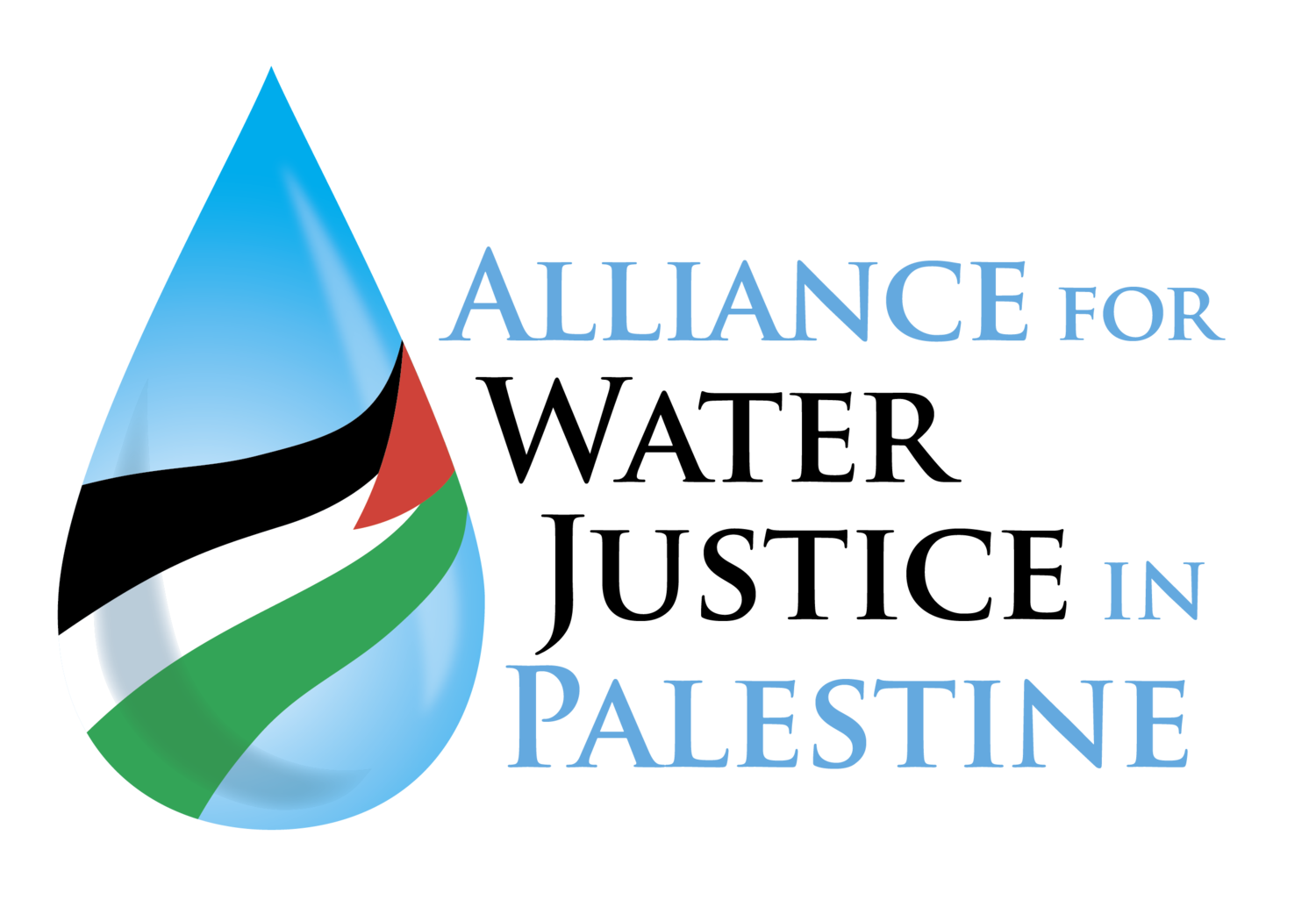In Gaza, EVEN BEFORE October 7, due to Israel’s occupation and bombardments
• 97% of the 2 million people were already living without clean water for hygiene and consumption.
• 98% of the water was already contaminated.
• Only 4% of households had access to safe water for domestic use. Families in poverty were forced to spend a third or more of their income to purchase water from unregulated sources, with the hopes that it was safe.
• The per capita daily allocation of water suitable for domestic use was only 20.5 liters per day (well below the 100 liters WHO recommendation).
• The prevalence of contaminated water and sewage, and lack of clean drinking water, led to a 41.5% rate of diarrhea among young children, malnutrition, anemia in 59.7% of school-children, gastroenteritis, kidney disease, anemia, pediatric cancer, "blue baby” syndrome, and dehydration and fever.
Since Oct 7 in Gaza
• Israel destroyed and damaged at least 67% of Gaza’s already-insufficient water and sanitation facilities and infrastructure.
• Israel destroyed at least 194 water production wells, 40 high volume water reservoirs, 55 sewage pumping stations, 76 municipal desalination plants, four waste water treatment plants, and nine warehouses.
• There is at least a 50% water loss in the distribution network. (If water from an unreliable source is even available, people are forced to collect it in contaminated containers.)
• Palestinians in Gaza must resort to drinking from polluted agricultural wells (when available) that are almost as salty as seawater (30 times saltier than freshwater)—an immediate health risk especially to babies, pregnant women, and people with kidney disease.
• Gaza agricultural wells contain 3000 mg of salt per litre—fresh water contains 100 mg, and the WHO limit is 200 mg
• The consumption of polluted water, in addition to the lack of soap, facilities for handwashing, and other basic hygiene practices, is increasing the occurrences of skin diseases, acute watery diarrhea, cholera, Hepatitis A, and other diseases.
• 91% of women and girls in Gaza cannot meet their personal and menstrual hygiene needs due to insufficient water and hygiene. They have little or no privacy, and no access to pads, toilets, and clean water.
Sources: Palestinian Central Bureau of Statistics, Visualizing Palestine, Geneva Water Hub, OCHAOPT, Guardian, Idos Research
The following graphic is from Nov. 2023, ONE MONTH after Israel's Oct. 7 war on Gaza began





